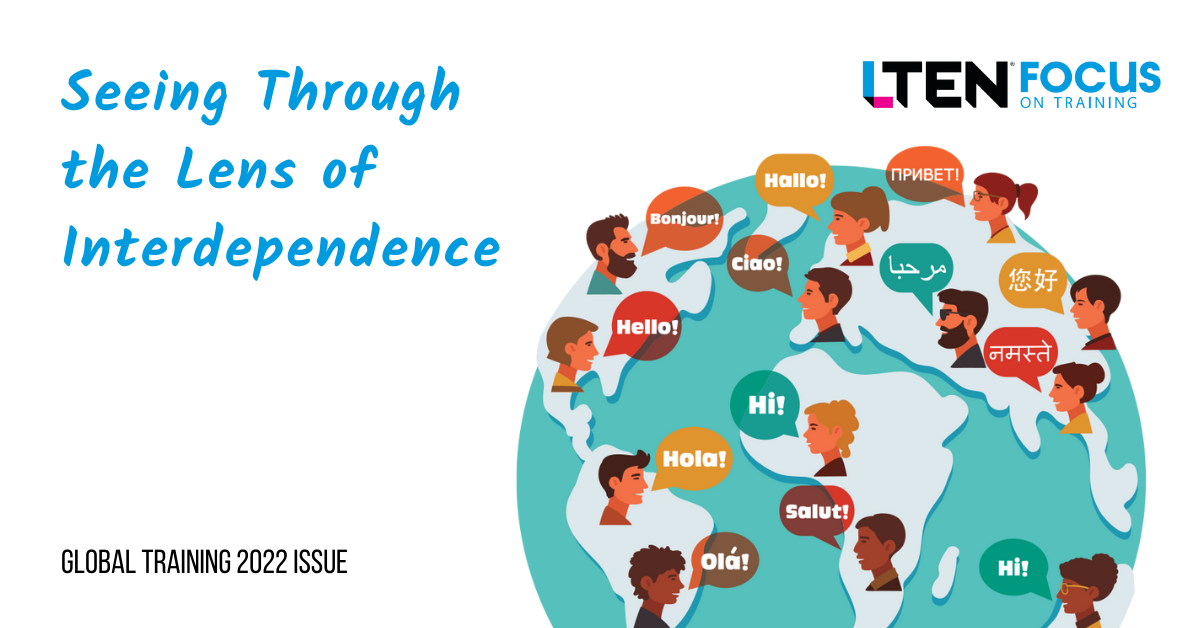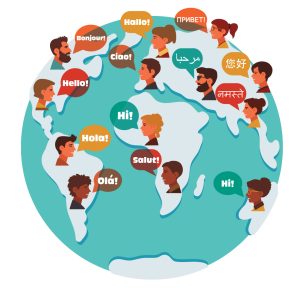
Solutions – Krishna C. Kalva
Through awareness, we broaden our perspective
 Have you ever noticed that we tend to label things or experiences we encounter by quickly characterizing them, often without having a full understanding? This preconceived characterization is usually based on patterns in our memory, from what we have already observed or heard.
Have you ever noticed that we tend to label things or experiences we encounter by quickly characterizing them, often without having a full understanding? This preconceived characterization is usually based on patterns in our memory, from what we have already observed or heard.
By necessity these quick judgements are crude simplifications since they do not reflect the current situation but rather how the situation can be compared with a previous memory. And even worse, the details of the current situation might be obscured by the preconceived judgement that we have made so effectively.
When we purposefully begin to observe the details in a situation, we begin to understand how each detail contributes to the entire situation. We also understand that all the elements involved in the experience are interdependent upon one another. Once we understand the nature of all interdependencies, our perspective of the entire situation changes – we break away from the preconceived judgement.
A Fitting Example
To further explain, let me take the example of a shoe. A shoe is created with the help of items like fabric, laces, sole, glue, labels, tools, etc., along with an expert who binds everything together. When we look at the final product, we call it a shoe; we don’t call it as a collection of all the items listed.
Every item listed is essential in the making, and failure to include any of those would impact the shoe. Once we pay attention and give importance to each individual item, we start to notice the nature of interdependence and realize how the items collectively contributed to the final object, the shoe.
Such is the concept of interdependence. If this was the first shoe you ever saw, you would take time to examine it, smell it, weigh it, feel it, try it, and in general, experience it. When you see the second shoe, you would recognize the concept and instantly determine it to be another shoe – and expect all or most of the previous experiences to be similar.
What if we could treat every experience as the first experience?
Global Applications
To apply the concept to professional life, consider a global initiative that an organization is working on. The expected outcome is to deliver a best-in-class solution that is inspiring, engaging and has a positive impact on the employees. Success is measured based on how actively the solution is leveraged to address people and business priorities.
An international team of experts has come on board as a project team, and after months of collective efforts, the solution is launched for the organization. The solution is impressive, and positive word-of-mouth is driving early adoption. There are high daily usage rates noticed over time, indicating that the solution is resonating with the audience.
One might consider that the overall global project is a success as it is unique, delivered on time and within budget for the organization. However, introspection, we might ask whether it is a successful solution or the successful outcome of collective efforts?
Contrary, what if there were low adoption, what if there was a low adoption of the solution? Do we call it an unsuccessful project, or did the collective efforts not yield the expected result? If there is a lack of proper understanding of the given situation, we might make quick judgments about the outcome.
By taking time to review, we realize that all the people involved in the project offered a set of skills and competence that was essential in the development of the solution. All their contributions toward the project tasks have been transformed and no longer remain in the same form or shape.
A thorough analysis will help us put things into perspective and understand that due to the interdependencies of efforts and decisions, either result was possible. The next time we encounter a similar experience, we can take a step back to observe things first and gain perspective. This profound realization can help us understand the value of treating every experience as unique.
Broadening Perspectives
Let me take you back to the original idea, interdependence. The intrinsic thought behind the idea is to actively observe everything. Through active observation, we shape our thoughts, which in turn shapes relationship we have toward the experience.
By not attaching a preconceived label to our thoughts, we remain in the present that shapes our experiences. The outcome of active observation is awareness. Through awareness we broaden our perspective by not limiting ourselves toward the outcome. Instead, we expand our view to honor all the factors involved. By honoring, we continue to remain in the space of awareness with no
preconceived labels and watch experiences unfold through the lens of interdependencies.
Krishna C. Kalva is learning solution manager at Siemens Healthineers. Email him at krishnachaitanya.kalva@siemens-healthineers.com.








